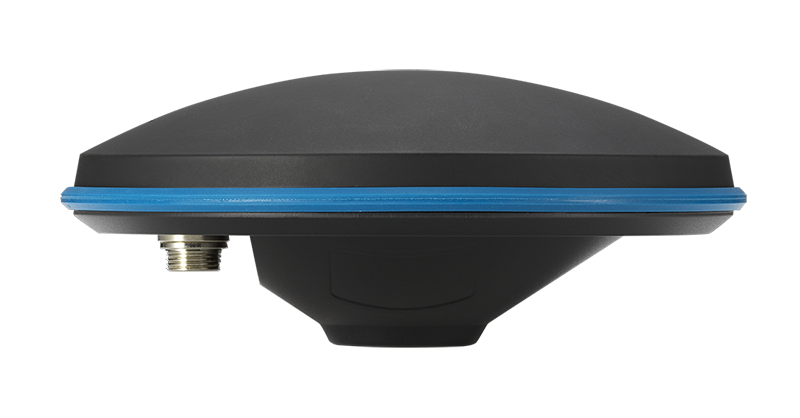


matches one of the video device option sets from above. -vsync 1 Video synchronization method, "Frames will be duplicated and dropped to achieve exactly the requested constant frame rate." vsync reference.-framerate 25 Video framerate as 25 FPS.The arguments are broken down as follows: Video Input Format capture.py -out test.m4v Command Components Here is the command used for converting the video Audio crossbar input is Crossbar Input pin 2 - "Audio Line".Video crossbar input is Crossbar Input pin 0 - "Video Composite".If the audio and video are two separate devices then the commands below can omit the crossbar pin selection. This complicates the command as we need to select the correct crossbar input pins for audio and video. Crossbar Input pin 2 - "Audio Line" related input pin: 0įor this USB device, the video device is both a video and audio device. Crossbar Input pin 1 - "S-Video" related input pin: 2 Crossbar Input pin 0 - "Video Composite" related input pin: 2 Crossbar Output pin 1: "Audio Decoder" related output pin: 0 current input pin: 2 compatible input pins: 2 Crossbar Output pin 0: "Video Decoder" related output pin: 1 current input pin: 0 compatible input pins: 0 1 Crossbar Switching Information for Conexant Polaris Video Capture: Pin "Audio Out" (alternative pin name "3") Pin "Capture" (alternative pin name "2")
#Conexant polaris video capture device is not available code#
I know there is a way to do this using vlc, however, I'm having trouble getting it to pick up the composite device, and the embed code is difficult to get right.DirectShow video device options (from video devices) A feature of this allows for the embeddeding of html and, as such, Web streams. My next task is to find a way to broadcast it on the network. I got a hold of one of these usb composite devices thingys and can get the video feed up live on the laptop I installed the usb hardware on. To do this I knew I have to get it onto a computer of sorts, to start with. However, this isn't enough, apparently! What is now required is to stream the feed throughout the building and make it accessible in our digital signage. The cable goes directly into the projector and the 'action' can be viewed live on the big screen in there. A few years back someone installed a video camera in it and ran a yellow composite cable from the box, across the path and into the nearest room with a projector. In work we have a bird box in one of the trees outside. Bit of a specific enquiry here, but bear with me, someone might have a suggestion.


 0 kommentar(er)
0 kommentar(er)
